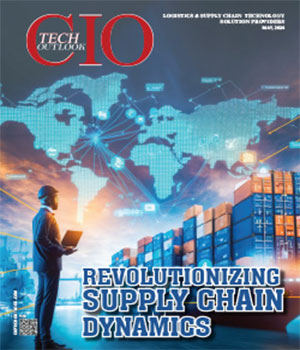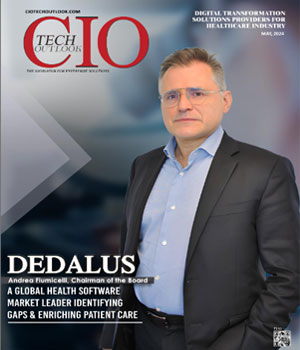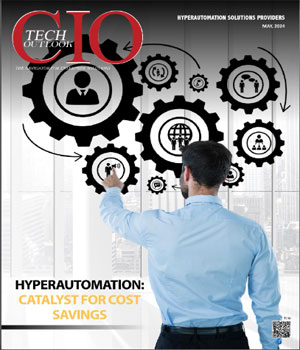
CIOTechOutlook >> Magazine >> July - 2016 issue
Honey, I shrunk the Data Center!
By
 Headquartered in Massachusetts, USA, EMC (NYSE: EMC) with the market cap of 54.05 Billion USD, is a provider of solutions for information infrastructure, unified storage, content management, security, virtualization, backup and recovery, big data, Virtual Desktop Infrastructure, cloud computing, data federation and deduplication.
Headquartered in Massachusetts, USA, EMC (NYSE: EMC) with the market cap of 54.05 Billion USD, is a provider of solutions for information infrastructure, unified storage, content management, security, virtualization, backup and recovery, big data, Virtual Desktop Infrastructure, cloud computing, data federation and deduplication.Converged and Hyper-Converged Infrastructure
With plethora of traditional and cloud-native workloads and applications, expectations from today’s data centers for better performance, scalability, availability and management with lesser costs are far more demanding than ever before. The changing landscape of IT has given rise to surge of innovation and consolidation in the evolution of Data Center. The result is the transition from traditional component silos (compute, storage, network etc) to converged and hyper-converged architecture.
For many years, IT Infrastructure has been organized in a way that tends to mirror the component mindset, creating sets of product, technology and application silos with its own view of resources and operations. Working across these silos is seen as one of the biggest challenges in the data center. For example, different departments may select components from multiple vendors, complicating procurement and integration of components into infrastructure that result in unique and complex integration points, time taking deployment and maintenance, ambiguous ownership & complicated collaboration among departments and vendors for any problem – be it performance issue, or roll out of new services, or adding more capacity, so on and so forth.
Converged Infrastructure (CI) solves the problem of these silos in the data center. CI eliminates the slow, complex, and costly process of procuring and assembling infrastructure in-house. It eliminates compatibility issues between servers, network devices, storage and backup systems and virtualization software by bringing them together into a single pre-integrated system that can be managed centrally resulting in optimal usage of converged resources and ease of expansion while also reducing costs for cabling, cooling, power and floor space.
A converged infrastructure can be implemented with CI reference architecture, with standalone appliances or with software driven hyper-converged approach. Hyper-converged infrastructure (HCI) is an extension of converged infrastructure coupled with the idea of software-defined data center (SDDC) and takes more aspects of traditional data center and packages them in a box. It adds more components to CI, including backup software, snapshot capabilities, data deduplication, inline compression, WAN optimization and more. While CI is mainly hardware focused and SDDC is usually hardware agnostic, HCI combines these two aspects.
The key benefits of CI and HCI are summarized below –
- Unsurpassed Simplicity: Integrated as single product
- Faster deployment
- Optimal and efficient use of resources
- Simplified scale/ expansion
- Ease of management: Managed as single product
VCE, the Converged Platform Division of EMC, through its broad portfolio of Blocks, racks and appliances is providing choice, flexibility and turnkey converged infrastructure options to both traditional and cloud-native applications and help businesses achieve their private and hybrid cloud objectives.
To conclude, with complex and ever-evolving demands from traditional and cloud native workloads, customer now realize that architecting, planning, testing, verifying, deploying and maintaining interoperability between infrastructure components saps budgets and resources while not adding value to the business. This is why customers are making smarter choice and rapidly adopting CI & HCI – to ‘buy’ and ‘not build’ infrastructure.
CXO Insights
Enterprise Automation - Need, Drivers and Ways...
By Dhiraj Kukreja, SVP, Global Competency Head, NIIT Technologies Limited
Top Five Customer Service Predictions For 2021
By Suman Reddy, MD, Pegasystems India
3 Focus Areas For An Autonomous Driving Revolution





